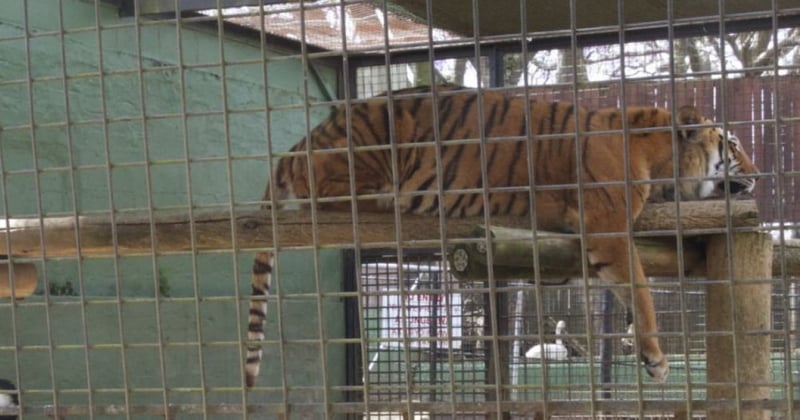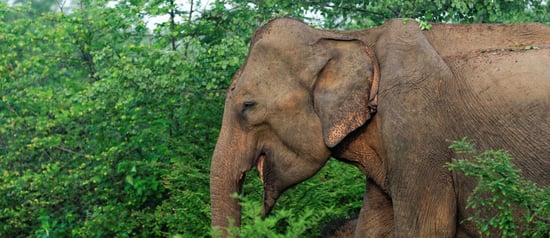
Australian tourists unaware of ugly truth behind tiger selfies
News
Scroll through your social media feeds and it won’t be too long before you come across a tiger selfie. But one quick holiday snap can mean a lifetime of suffering for tigers.
We surveyed Australian tourists who have previously taken a selfie with a tiger, and the findings reveal an alarming lack of awareness about the fate of the animals being used for tourism activities.
Young tigers are used mostly for tourism interactions including selfies, but once they are adults, they could be sold for their body parts to the traditional Asian medicine trade.
Nearly half of Aussies who've had a tiger selfie say they did it because they love animals
- 40 per cent of respondents who have taken a tiger selfie say they did it because they love animals;
- 30 per cent say they didn't think about what happened to the tiger afterwards;
- And ONLY three per cent thought the tigers would one day be traded for body parts!
“This new research highlights that there is a gap in knowledge among the public on the reality of where these tigers end up once they are no longer needed for selfies. What happens to older tigers at venues is often questioned, but never satisfactorily answered.” – Ben Pearson, Head of Campaigns, World Animal Protection Australia
In our Trading Cruelty report, our first ever global examination of the supply chain feeding the insatiable demand for big cat products, we drew attention to the use of tigers for products such as tiger bone wine and traditional medicines.
As wild tiger populations have declined drastically, traffickers and retailers have turned to captive-bred tigers at tourism venues and other big cat species to meet the demand for these products.
“For some venues it doesn’t make economic sense to keep adult tigers for their whole lives if they cannot profit from them through tourist attractions. There are clear concerns that, in Thailand, and other tiger and big-cat keeping countries, the tourism market leads to the illegal trade of body parts or live animals.” – Ben Pearson, Head of Campaigns, World Animal Protection
There is some promising news. The majority (57 per cent) of Australians surveyed said they wouldn’t take another tiger selfie again.
However, 23 per cent were undecided. That’s why we need to spread the message further.
“We’re urging travellers not to visit or support captive tiger cub activities. With increased public engagement in protecting wildlife from the illegal trade, it’s hoped we will be able to curb the trade significantly.” – Ben Pearson, Head of Campaigns, World Animal Protection
Our findings reveal that tourists are unaware adult tigers are sold to the illegal trade in body parts when they are no longer needed for selfies
Wildlife tourism
If a venue that houses wildlife allows you to ride, hug, cuddle or take a selfie with a wild animal, cruelty is surely involved.
Our wildlife work
Around the world, wild animals are being exploited. They’re hunted down, trapped and farmed in captivity, all to be sold and abused for entertainment, medicine, fashion, pets and products.


